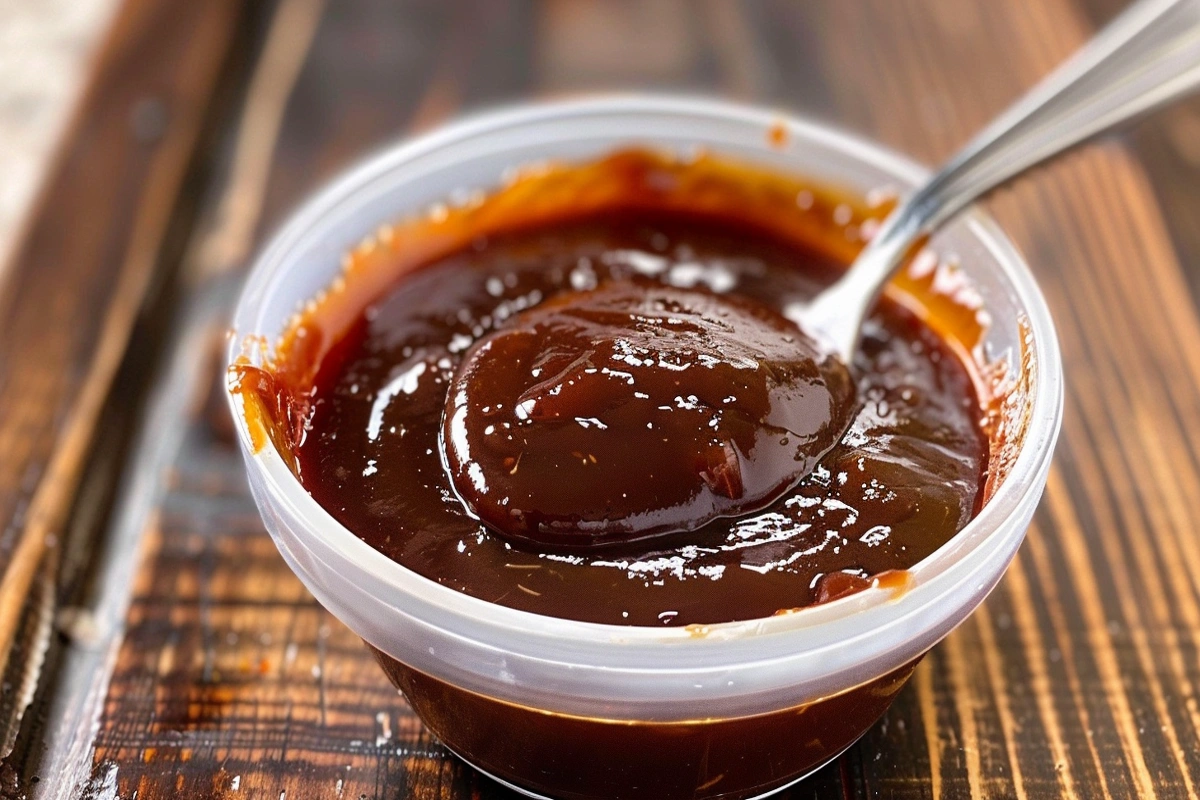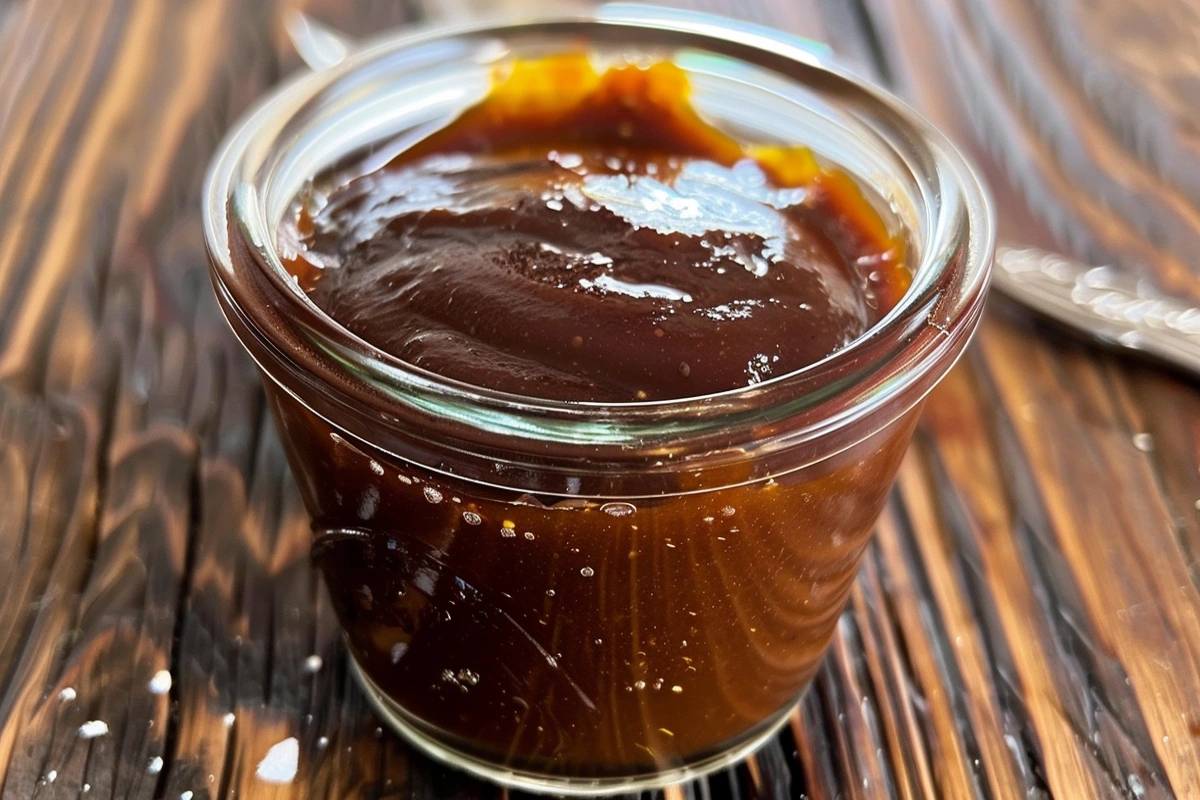When it comes to American cuisine, few condiments have reached the iconic status of BBQ sauce. It’s a staple at summer cookouts, a must-have on ribs, and a versatile companion to anything that comes off the grill. But a common misconception persists: Is BBQ sauce really just ketchup and sugar? While these two ingredients are often part of the equation, they are far from telling the whole story. Authentic BBQ sauce is a complex medley of flavors that reflects diverse regional traditions and culinary techniques. Let’s dive into the origins, main ingredients, and the different styles of BBQ sauce to uncover the truth.
The Origins of BBQ Sauce
To understand what makes BBQ sauce unique, we need to delve into its history. BBQ sauce has its roots in the 17th century, when Spanish and French explorers introduced various cooking techniques to indigenous people in the Southern United States. These early influences shaped the foundations of what would become distinct regional BBQ styles.
Early BBQ Sauces: Vinegar and Mustard Dominate
Initially, BBQ sauce had very little to do with ketchup or tomatoes. In fact, the first BBQ sauces were more akin to vinegar-based marinades used to tenderize and flavor tough cuts of meat like pork. Vinegar was a natural preservative that helped to keep the meat moist during the slow-cooking process. It wasn’t until the 1800s that tomato-based sauces started appearing, primarily in the Carolinas and Kansas City.
- Carolina BBQ Sauce: One of the earliest forms of BBQ sauce in the United States, Carolina-style sauces are still defined by their use of vinegar. Depending on whether you’re in Eastern or Western Carolina, you might find slight variations, such as the addition of mustard or a small amount of tomato.
- Mustard-Based Sauces: South Carolina is known for its mustard-based BBQ sauce, which was influenced by German immigrants who settled in the area. This style is tangy, slightly spicy, and completely different from the thick, sweet BBQ sauces many are familiar with today.
The Evolution of Tomato-Based BBQ Sauces
It wasn’t until the late 1800s and early 1900s that tomato-based BBQ sauces began to take hold. As tomatoes became more widely available and affordable, they were incorporated into BBQ sauces to add sweetness and body. The addition of ketchup or tomato paste gave sauces a thicker texture and allowed them to cling better to meats, creating the glaze-like appearance we often associate with BBQ ribs.
- Kansas City Style: This is where the modern, sweet, tomato-based BBQ sauce truly took root. Kansas City BBQ sauce is thick, sweet, and sticky, featuring a heavy dose of ketchup, molasses, and brown sugar.
- Texas Style: While Texas BBQ sauce is also tomato-based, it often has a spicier, smokier flavor. You’ll find it laced with chili powder, cumin, and pepper, making it a bold accompaniment for beef.
Breaking Down the Ingredients

So, if ketchup and sugar aren’t the main components, what exactly goes into a traditional BBQ sauce? The answer varies depending on the style, but a few core ingredients appear in most recipes:
- Tomato Base (Ketchup or Tomato Paste)
The tomato base is often where the misconception starts. Ketchup is a common ingredient because it provides a sweet and tangy foundation that is easy to build upon. However, tomato paste or puree is often used for a deeper, more intense flavor. - Vinegar
The acidity of vinegar cuts through the sweetness and helps balance the overall flavor. Depending on the region, you might find variations like apple cider vinegar (common in the Carolinas) or white vinegar (used in Kansas City styles). - Mustard
Essential for South Carolina BBQ sauce, mustard adds a spicy tang and a beautiful yellow hue. It pairs especially well with pork and chicken. - Sweeteners
While sugar is often used, authentic BBQ sauces might include molasses, honey, or maple syrup for a richer sweetness that also contributes to the sauce’s texture. - Spices and Herbs
Garlic powder, onion powder, smoked paprika, and cumin are just a few of the spices that add complexity. Each region has its own take, with chili powder appearing in Texas-style sauces and cayenne pepper in Memphis variations. - Liquid Smoke
This is a modern addition but one that has become increasingly popular for home cooks who want to mimic the smoky flavor of a real wood smoker.
Regional BBQ Sauce Styles: A Flavor Tour
Now that we’ve covered the basic components, let’s take a closer look at how different regions in the U.S. have put their own spin on BBQ sauce. Each style reflects the local ingredients and culinary traditions, offering a unique take on what BBQ sauce should be.
Kansas City BBQ Sauce
If you’re a fan of sweet and sticky BBQ sauce, then Kansas City is your go-to. This style is characterized by its thick texture and rich sweetness. It’s usually made with:
- Ketchup or tomato paste
- Molasses and brown sugar for sweetness
- Apple cider vinegar for tang
- Worcestershire sauce for umami
- Smoked paprika and cayenne for a hint of heat
This sauce is ideal for ribs, pulled pork, and anything that benefits from a thick glaze that caramelizes as it cooks.
Texas BBQ Sauce
In Texas, BBQ is all about the meat. The sauce is more of an accent rather than the main event. Texas BBQ sauce is often thinner and spicier, with a focus on bold flavors:
- Tomato paste or ketchup
- Beef stock or drippings
- Vinegar
- Chili powder and cumin
- Black pepper
Pair this sauce with brisket or beef ribs to experience its true essence.
Carolina BBQ Sauce
Carolina BBQ sauce comes in two main varieties: Eastern and Western. Both are known for their vinegar-forward flavor, but they have distinct differences:
- Eastern Carolina BBQ Sauce: Primarily just vinegar, crushed red pepper, and salt. It’s extremely thin and tangy, making it perfect for pulled pork.
- Western Carolina (or Lexington) BBQ Sauce: This sauce adds tomato paste or ketchup to the mix, giving it a slightly thicker texture and sweeter flavor.
South Carolina Mustard Sauce
A true outlier, South Carolina mustard sauce is bright yellow and packed with tangy flavor. It’s made with:
- Yellow mustard
- Honey or brown sugar
- Apple cider vinegar
- Black pepper and cayenne
This sauce is fantastic on pork, chicken, and even as a dipping sauce for pretzels!
Alabama White Sauce
Perhaps the most unique of all, Alabama White Sauce is made with a base of mayonnaise instead of tomato or vinegar. It’s creamy, tangy, and peppery, made with:
- Mayonnaise
- Apple cider vinegar
- Horseradish
- Black pepper
It’s traditionally served on smoked chicken but works well on turkey and even as a salad dressing.
Misconceptions About BBQ Sauce: Debunking the Myths
While it’s true that some commercial BBQ sauces rely heavily on ketchup and sugar, these are typically the mass-produced versions designed for quick convenience. Authentic BBQ sauces are a far cry from these simplified condiments. Let’s clear up some common misconceptions:
- Myth: All BBQ Sauces Are High in Sugar
While many styles are sweet, some—like Carolina vinegar sauce—contain almost no sugar at all. You can also make low-sugar versions by using honey or maple syrup sparingly. - Myth: You Need a Smoker to Make Good BBQ Sauce
While smoky flavor is often a hallmark of BBQ sauce, it can be achieved using liquid smoke or smoked paprika. No smoker is required!
Tips for Making Your Own BBQ Sauce at Home
Creating your own BBQ sauce is easier than you think, and it allows you to customize the flavor profile to your liking. Here are some tips for crafting your perfect sauce:
- Start with a Base
Choose between ketchup, tomato paste, mustard, or even mayonnaise as your base. Each provides a different texture and flavor. - Balance Sweetness and Acidity
Use vinegar or lemon juice to balance out the sweeteners. A good rule of thumb is to use one part acid to two parts sweetener. - Add Layers of Flavor with Spices
Don’t just stick to salt and pepper. Experiment with cumin, chili powder, garlic powder, and even allspice for a unique twist. - Simmer Slowly
BBQ sauce tastes best when it has time to simmer. Allow it to cook on low heat for at least 20 minutes to let the flavors meld.
Conclusion

In essence, BBQ sauce is a culinary tradition that’s as diverse and layered as the American regions it hails from. While ketchup and sugar may play a role in some modern, quick-fix recipes, authentic BBQ sauce is a careful balance of acidity, sweetness, tanginess, and spice. The variations are almost endless, with each region adding its own flair—whether it’s the molasses-laden Kansas City style, the spicy and smoky Texas twist, the vinegar-heavy Carolina versions, or the unique mustard and mayonnaise-based sauces from South Carolina and Alabama. These sauces are not just meant to mask the flavor of the meat but to enhance it, adding a new dimension to every bite.
So, dismissing BBQ sauce as nothing more than ketchup and sugar not only undermines its rich history but also overlooks the craftsmanship that goes into each recipe. True BBQ sauce is a reflection of heritage, local tastes, and culinary creativity. Understanding the variety of ingredients and techniques used in crafting these sauces opens up a world of possibilities for food enthusiasts. Whether you’re a die-hard pitmaster or a curious home cook, making your own BBQ sauce allows you to experiment with flavors and tailor them to perfectly complement your dishes. The next time you enjoy BBQ, take a moment to appreciate the layers of complexity and the stories behind that perfect sauce coating your ribs, wings, or pulled pork.

